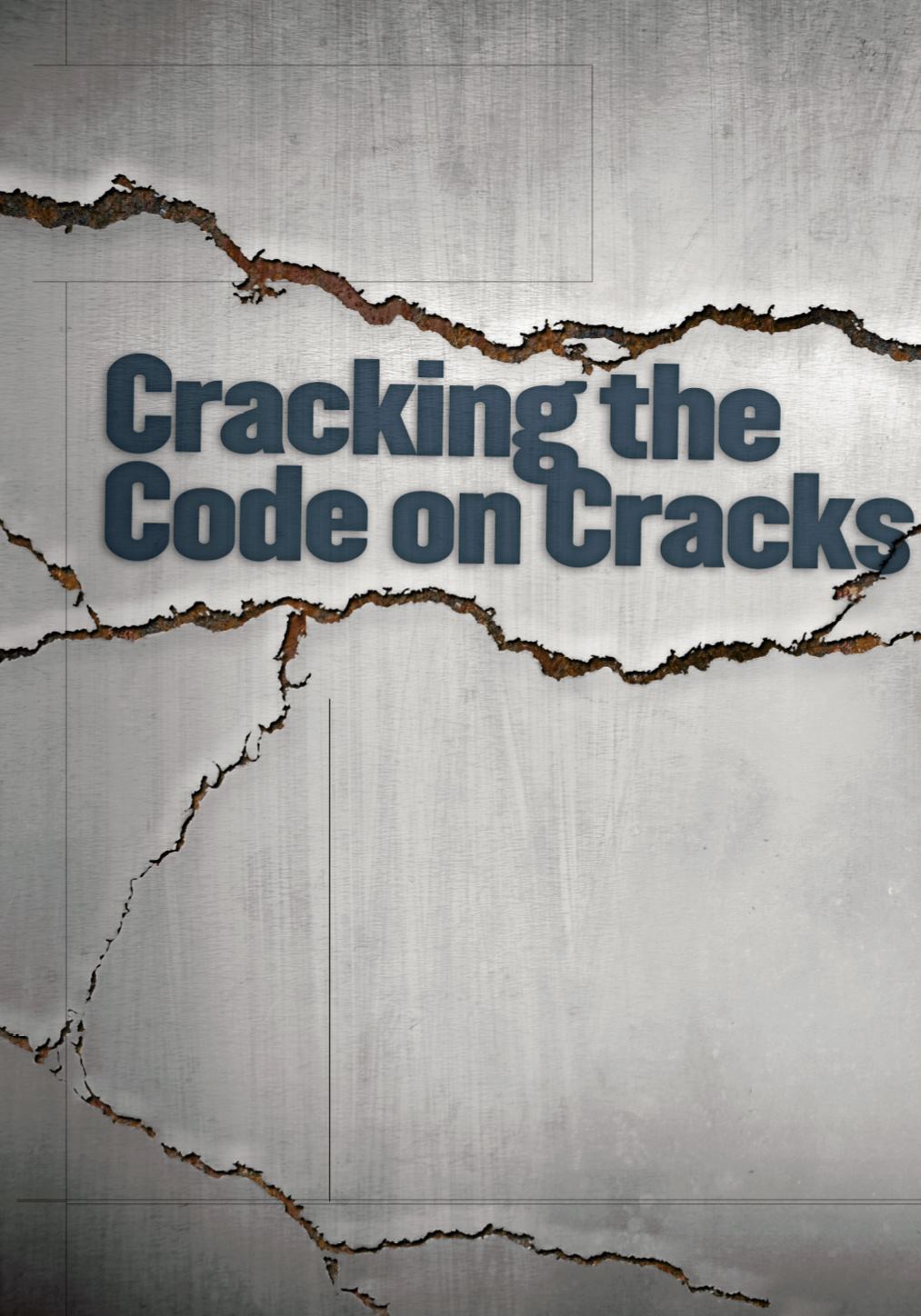
I N N O V AT I O N S • J A N U A R Y - M A R C H 2 0 1 4
14
On March 29, 2013, ExxonMobil CEO Rex Tillerson received
the kind of phone call no oil and gas executive ever wants to get.
The 20-inch Pegasus transmission line that runs from Illinois to
Texas had burst, leaving a residential neighborhood in Mayflower,
Arkansas, literally swimming in black crude. Clean up crews rushed
to the scene, but much damage had already been done. Twenty-two
homes were evacuated, and Exxon started paying the bill: $2 million
and counting has already been spent just on temporary housing for
displaced residents.
Complicating matters, the Pegasus pipeline had been inspected
just months before the incident, yet the report did not point to any
especially elevated risk.
More than 2.5 million miles of oil and gas lines crisscross America’s
heartland. Millions more run across Europe, Africa, Canada and
Asia. These lines are not all created equal. They range from tiny
2-inch gathering lines linking individual wells to their larger, trunk
line cousins, to Herculean transmission lines measuring as large as
60-inches in diameter. These lines form the arteries that transport our
world’s energy-lifeblood from fields, to refineries, to electrical power
stations. As the backbone of our energy infrastructure, they allow us
to live, work and prosper; and they allow most first-world countries
seemingly endless energy.
• Finding the Hidden Danger
• A String of Tools
• EMAT’s Broken Promises
• The Right Angle
• Finally, all the Major
Inspection Tools on a
Single Platform
• The Future of Inline
Inspections
A New (
Ultrasonic
) Wave
in Pipeline Integrity Testing


